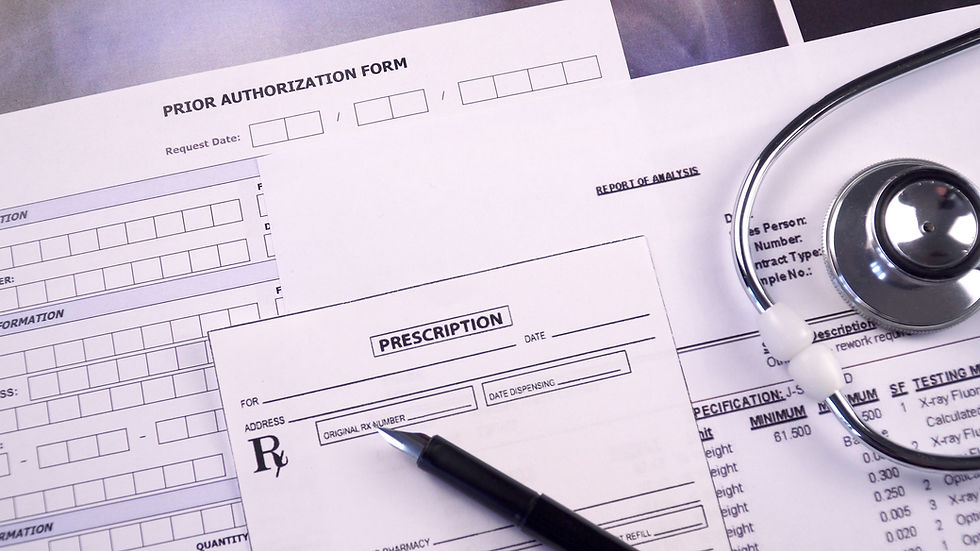The Path of a Medical Claim
- Practice Solutions
- Jul 17, 2017
- 2 min read

Most frequently, the path leading up to submitting an insurance claim is straightforward and easy to understand. The claim is born with scheduling an appointment, documenting demographic information, patient registration, session, and check-out. But just because you did all the front end work and had a session doesn't mean that the insurance company knows about your session.
This is when the life cycle of the claim comes into play.
1. Claim Submission (3 Minutes)
After the session has occurred and has been entered into the EHR (Electronic Health Records), the necessary bits of information are compiled into a claim, and that can be a hard copy or an EDI. Then the biller will submit the claims through electronic avenues or by mailing in the claims.
2. Claim Processing (1-3 days)
A provider can submit claims directly to the insurance company or to a clearinghouse. Most providers and billers use a clearinghouse. The clearinghouse will provide a final quality check and will flag any inconsistencies or errors within a claim. The clearinghouse will also provide an updated report of where a claim is in the process.
If there are no errors with the claim it is sent to the insurance company. If there are errors, it is sent back to the provider for edits.
3. Claim Adjudication (7-20 days)
Once the claim has made it past the clearinghouse, the data file is sent to the insurance company. The data file is analyzed and converted into a claim form. Then the claim is sent to a claim adjudicator. Most of the time, the claim adjudicator is not a person. Instead it is a software that has embedded logic that automates the payment or denial of a claim.
4. Payment/Denial
Once the claim adjudicator has made a decision, it will automatically issue a payment or issue a denial. The explanation of the payment or denial is then communicated to the provider or biller through an Explanation of Benefits or an Electronic Remittance Advice. They are fundamentally the same thing.
ERAs and EOBs explain deductibles, payment reasons, denial reasons, copays, coinsurance, and the write-off amounts. This helps with revenue tracking, claim follow-up, deductible tracking, and verification of benefits.
Hopefully, the life cycle of a claim is clearer. This process from claim submission to payment can take anywhere from 10 days to a month (sometimes more). In order to expedite it, it is important to capture patient demographic information and insurance information accurately. Detailed data entry into your EHR is of the utmost importance. Any error, as little as an incorrect number, will warrant a denied claim. Attention to detail will be your saving grace.


















































Comments